According to the Triads, the three darkest places in Ireland are Knowth Tomb, Newgrange, and Dearc Fheanna – Dunmore Caves. Until relatively recently1, Dunmore Caves were the only known cave system in Ireland. Some 3500 years ago, a field in what is now Co. Kilkenny collapsed, opening up the system. According to archaeologists, it looks as if it may have been used by local people as a sort of refrigerator – there was evidence of animals being butchered near the entrance, and stored deeper in the caves, where the temperature holds at 9 C.
But in 928, the Dublin Vikings marched an army into the area as part of their ongoing feud with the Waterford Vikings, and attacked the three hill forts in the area. Once the men were slaughtered, it was found that the women and children had retreated into the nearby cave and hidden. The Vikings built huge fires at the opening of the cave mouth, intending to smoke out the villagers from their hiding spots. The fires filled the caves with smoke, used up all the oxygen, and suffocated the inhabitants.
According to the Annals, a thousand people were killed in the cave. That number seems kind of high, but there’s no way to be sure – over the centuries, many skeletons were removed, many by locals, who carried them to a nearby churchyard and reburied, but also by less altruistic folks. In the 1970s, when a more organized exploration and cataloguing of the cave began, a total of 44 bodies were found hidden in the narrowest, most secret parts of the caves. Most of the bodies were children and women, none of them showing any weapon damage.
Also discovered near the mouth of the cave were some silver coins, two of them struck in York, which city the Dublin Vikings had close ties with. In 1999, a guide in the cave picking up some litter, found a silver bracelet, which led to the discovery of a small treasure trove containing coins, jewelry, and a piece of purple-dyed silk. Dating on the coins show that the trove was hidden about fifty years after the massacre, so there’s a theory that it was a Viking’s sacrifice to the dead.
Anyway. Since the massacre – and the resulting skeleton-filled cave – the cave has had an evil reputation, being scene as a portal to the land of the dead. It was also said to be a gathering place for the fair folk, and the home of Luchtigern, king of the mice, who was slain by the giant Kilkenny cat, Banghaisgidheach2.
The gentleman driving the cab that took me out to the cave and back told me stories of when he and his friends would bike out to the cave after school to go crawling through it before all the safety measures and interpretive centre were put in place. Doolin Cave and Marble Arch Cave are bigger, but Dunmore Cave has a more interesting history.
So, yeah. Guess where I went this morning.
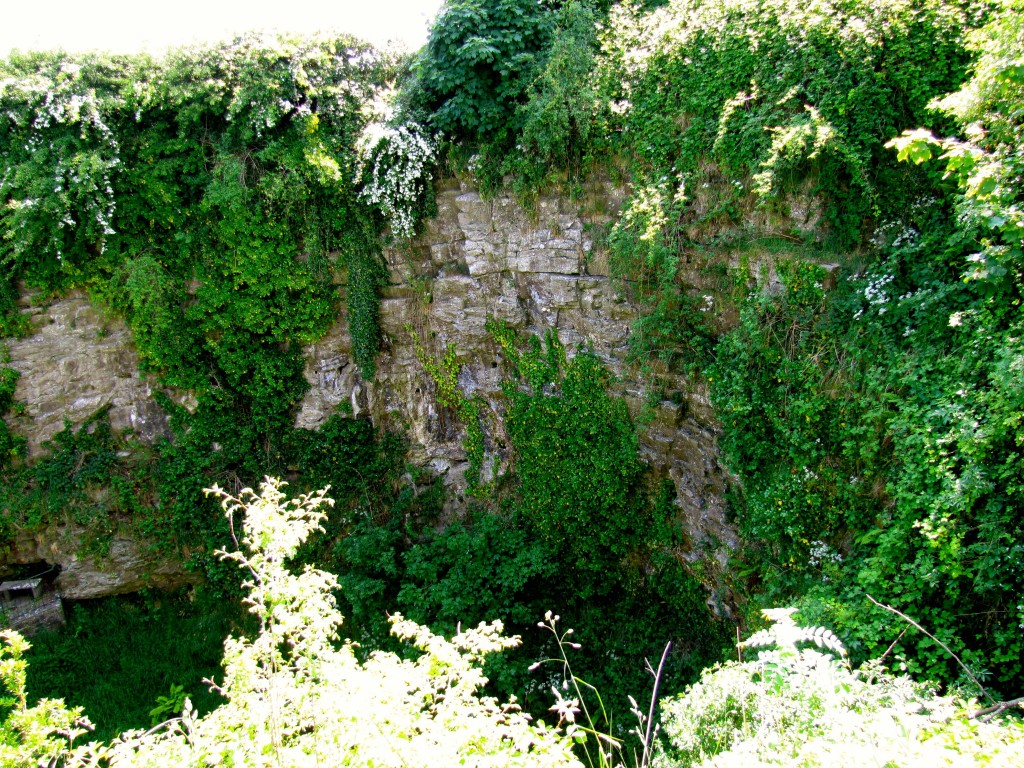
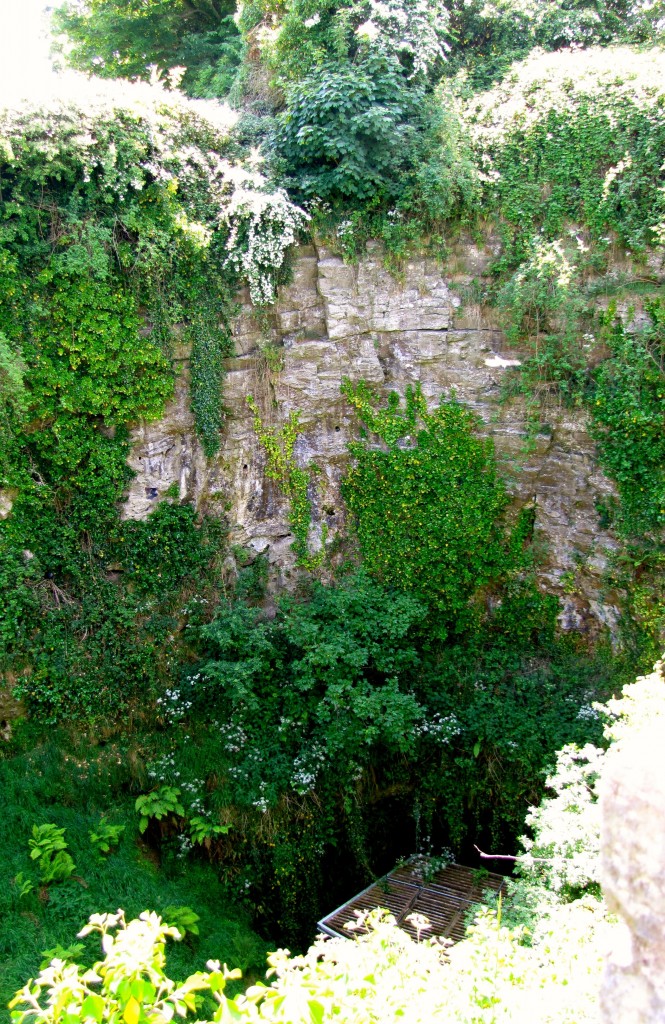
All the cave staff seem totally pumped to tell you how many steps you’ll have to climb – 152 to climb out of Marble Arch Cave, 125 to climb out of Doolin Cave, 706 steps in total (up and down) in Dunmore Cave. I’d think it was a friendly warning, but they always seem smug about it.
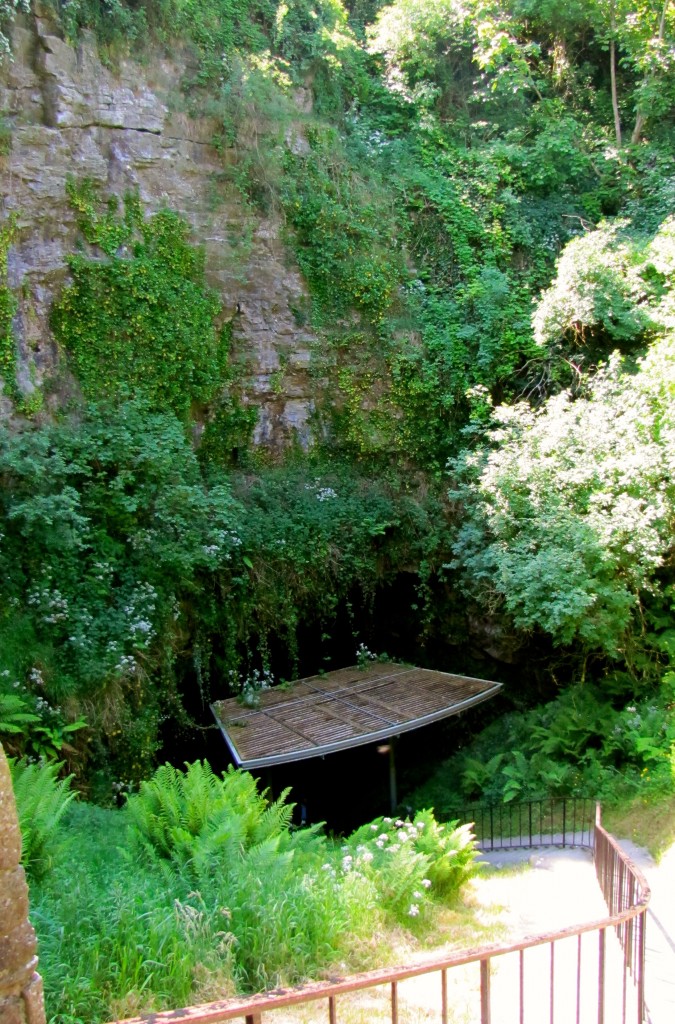
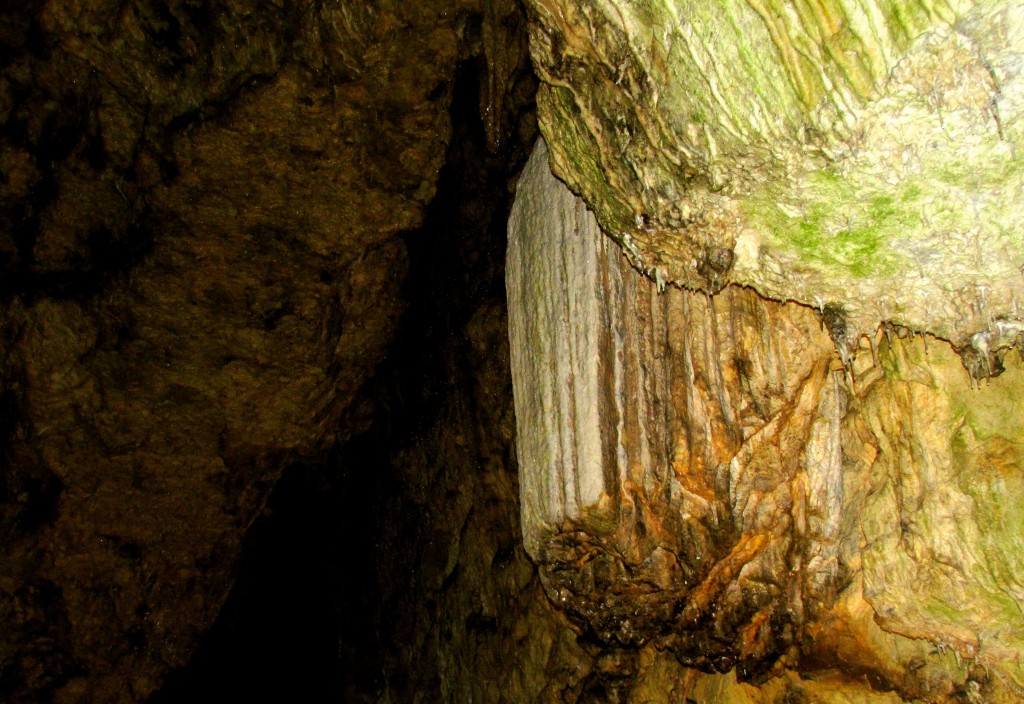
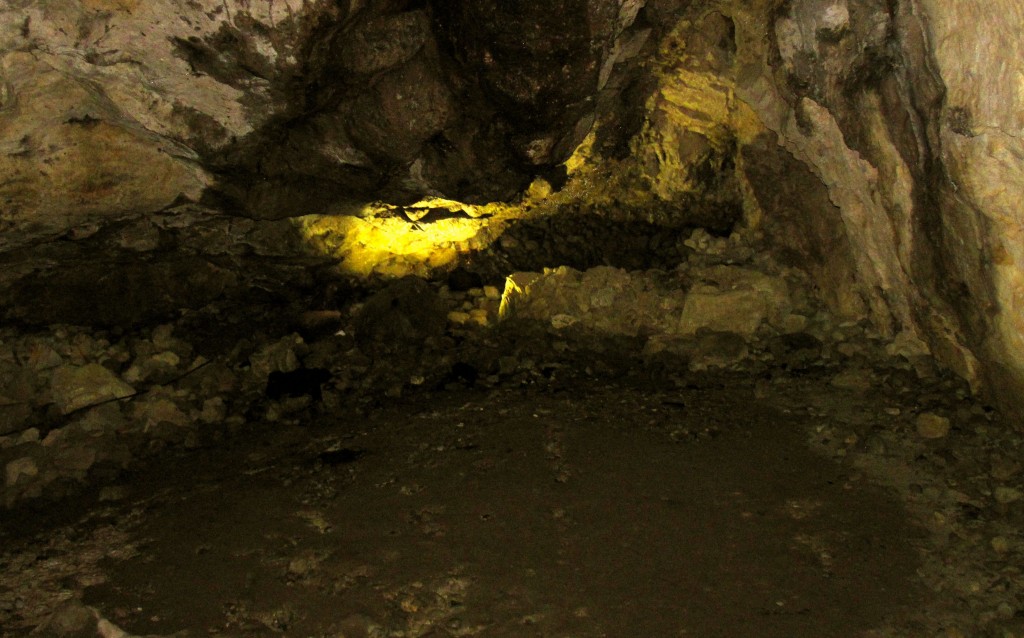
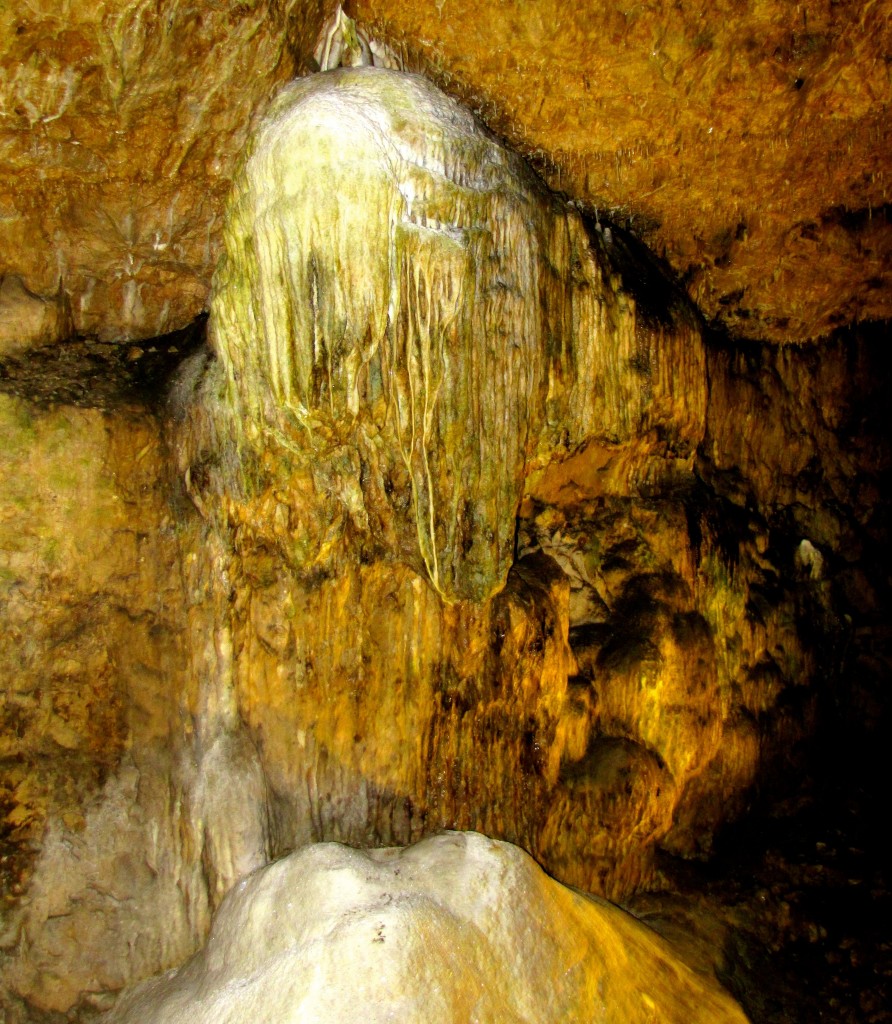
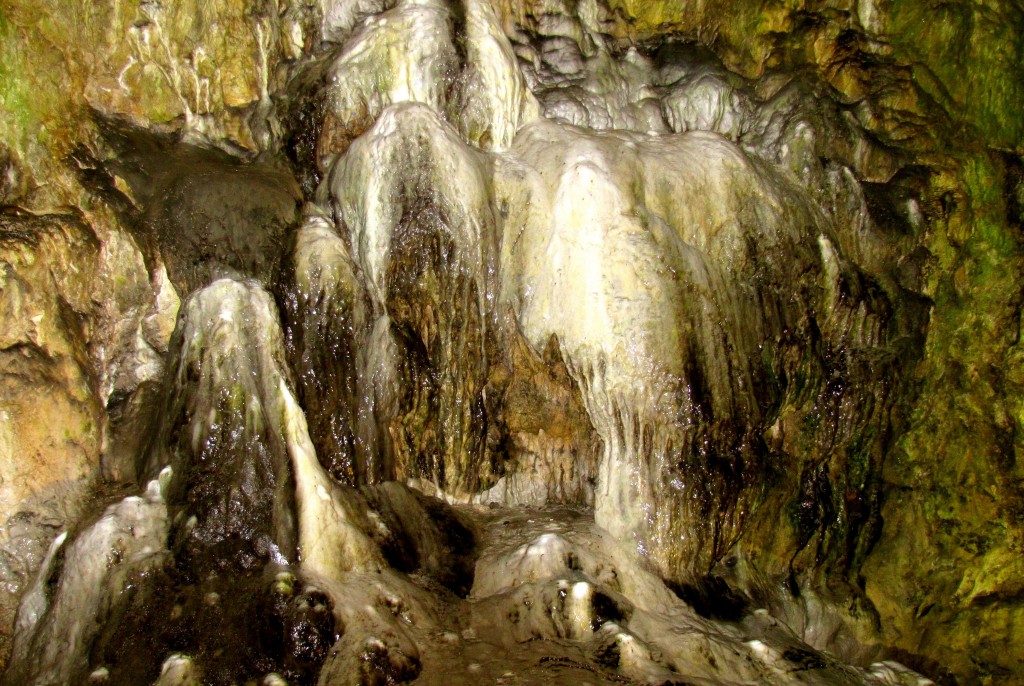
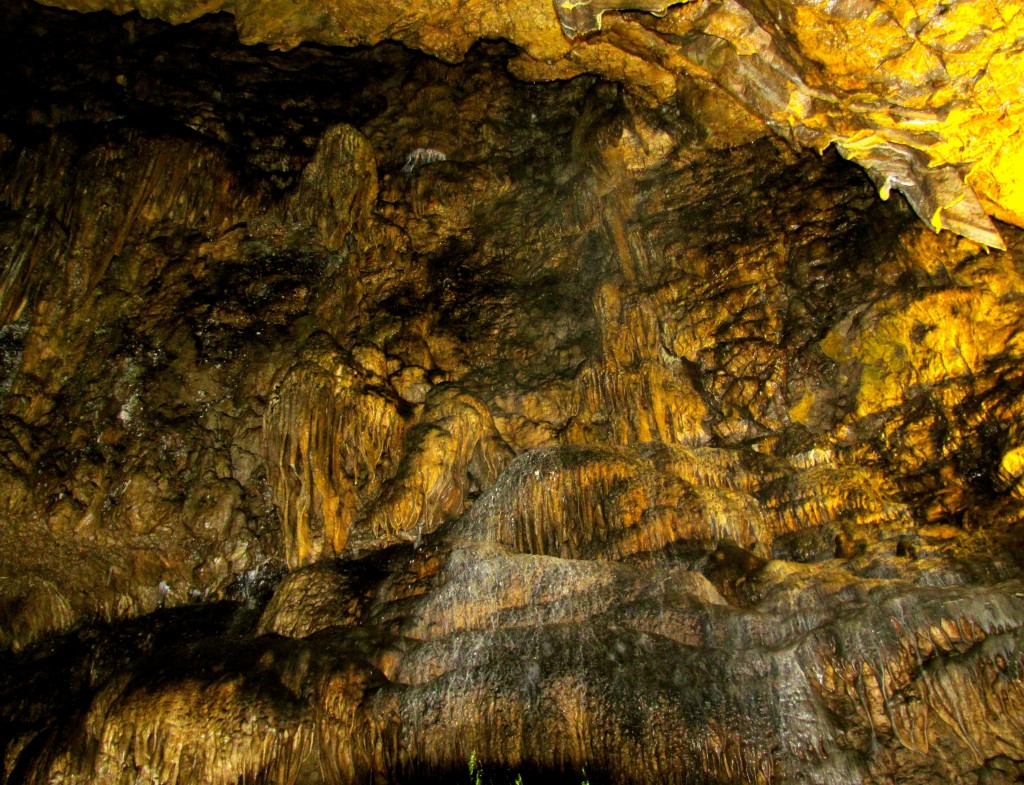
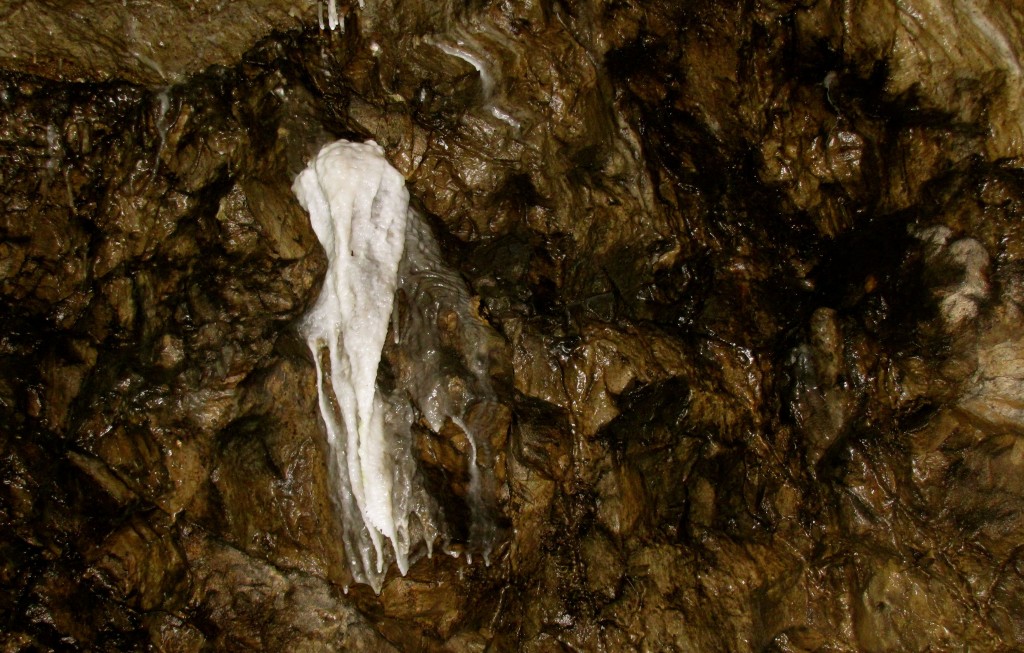
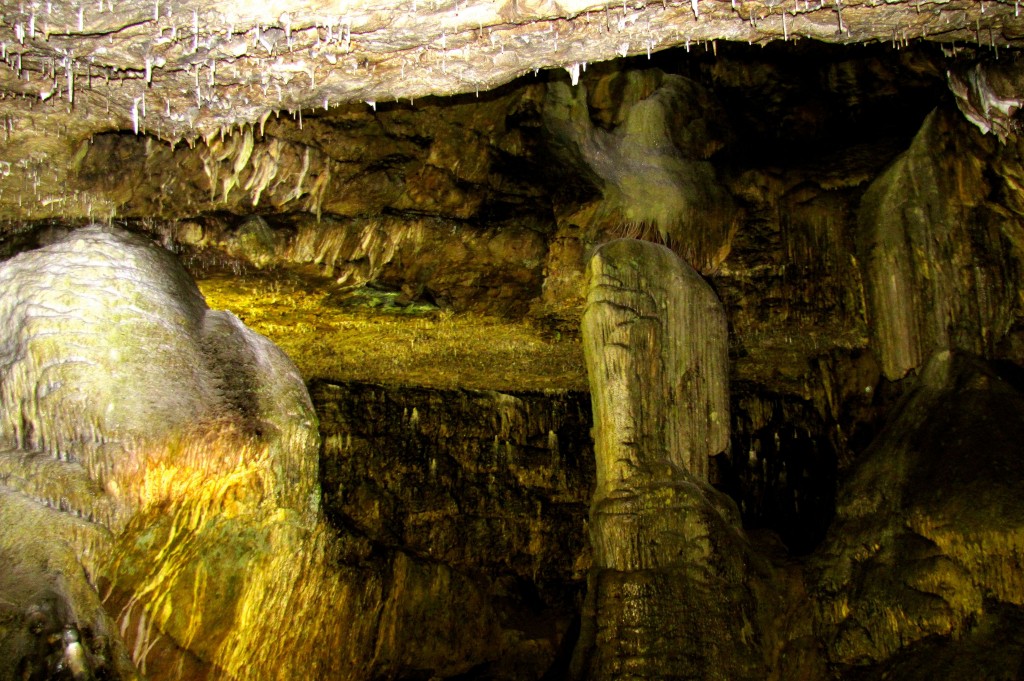
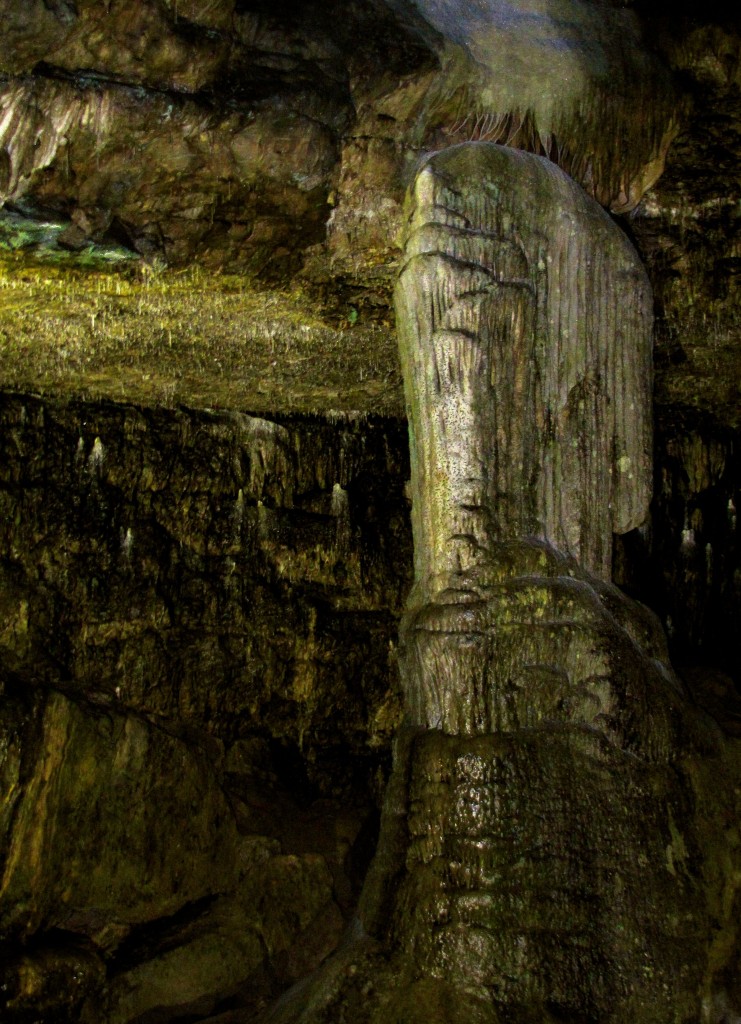
So, I dragged myself up out of the cave, called a taxi, and made my way back to Kilkenny city. I grabbed a hot dog3 and coke near the castle, and sat in the shade to eat my lunch and let the time get closer to 2:00.
That was the time St. Canice’s Cathedral opened to the public on Sundays.
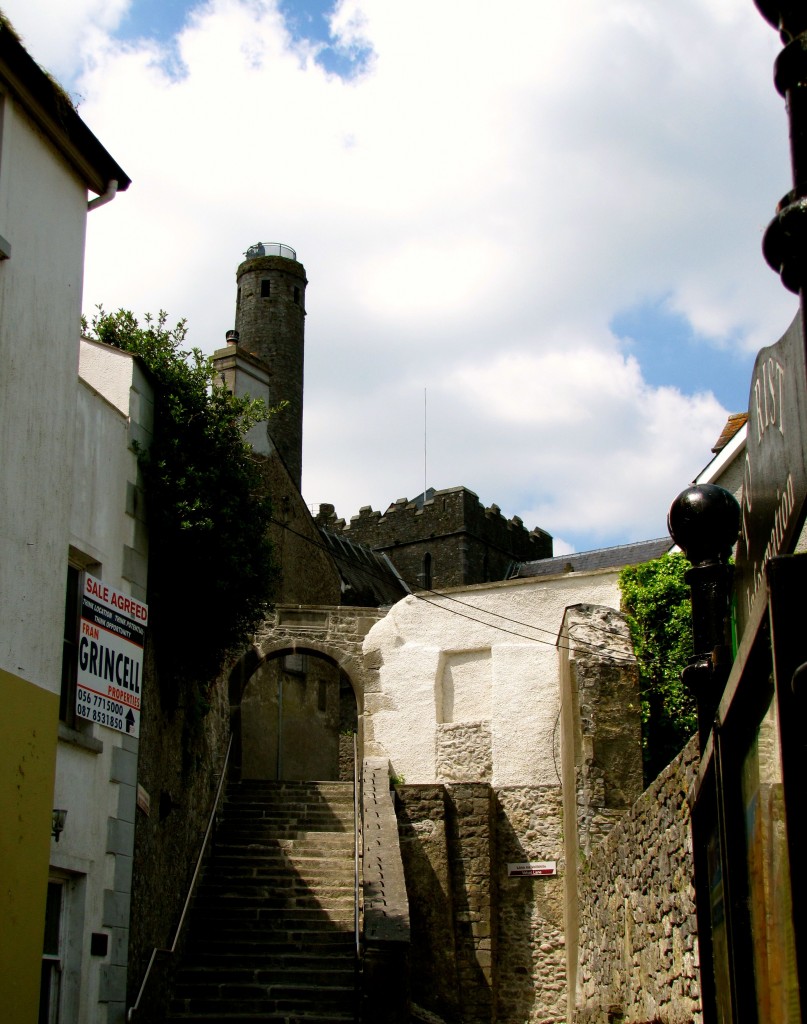
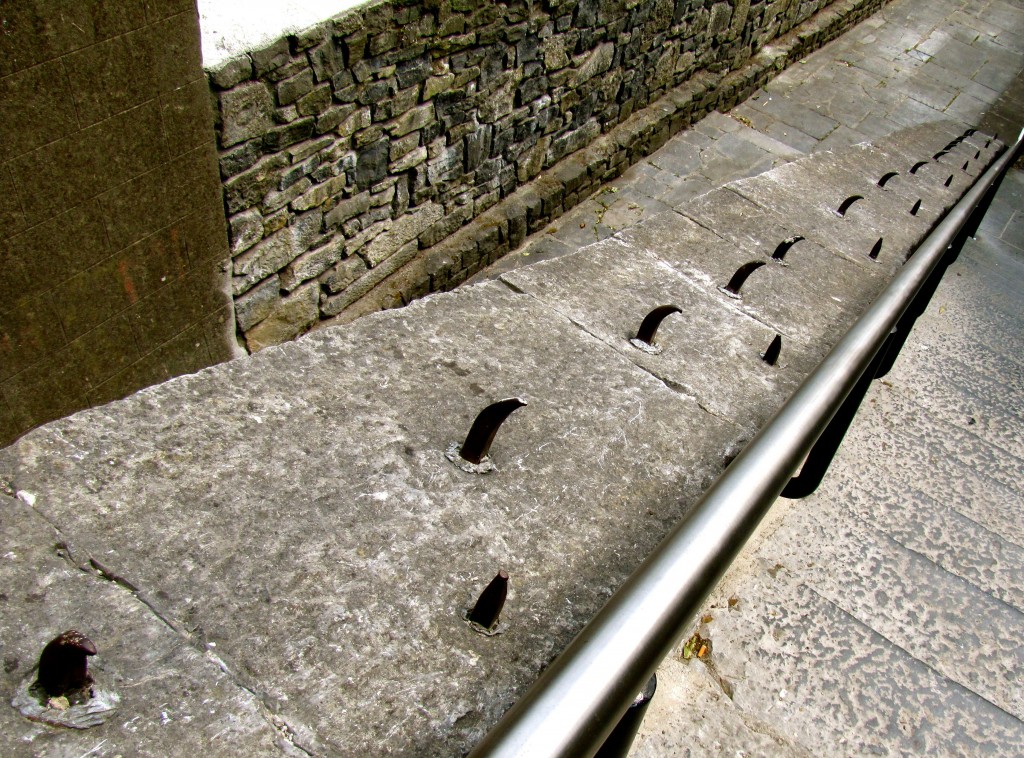
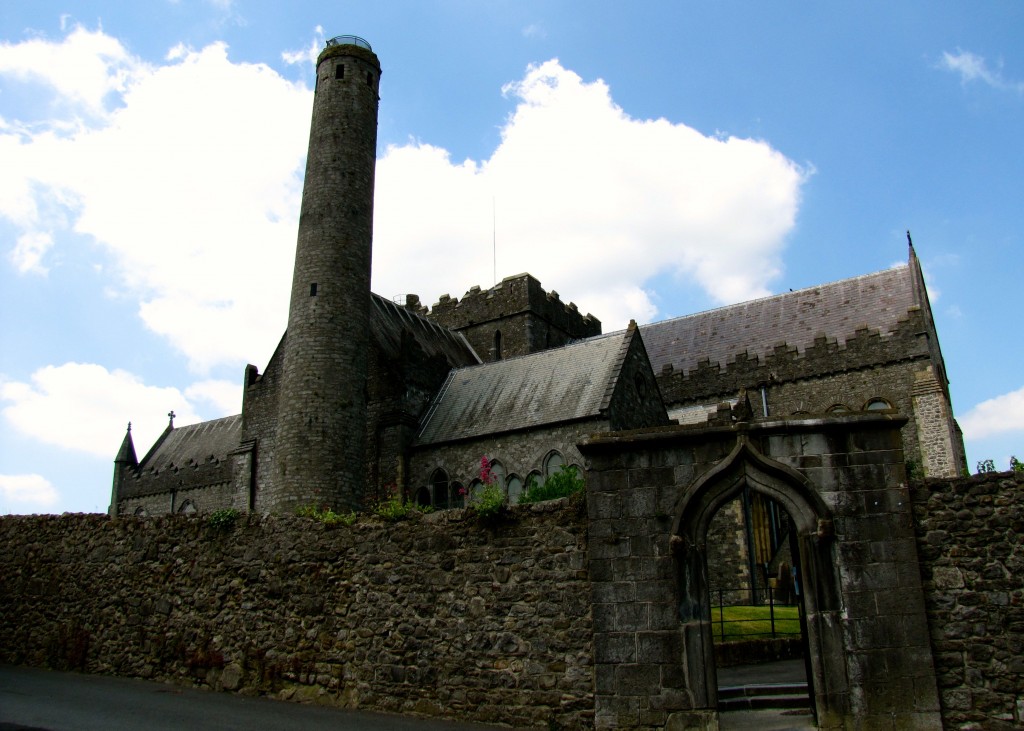
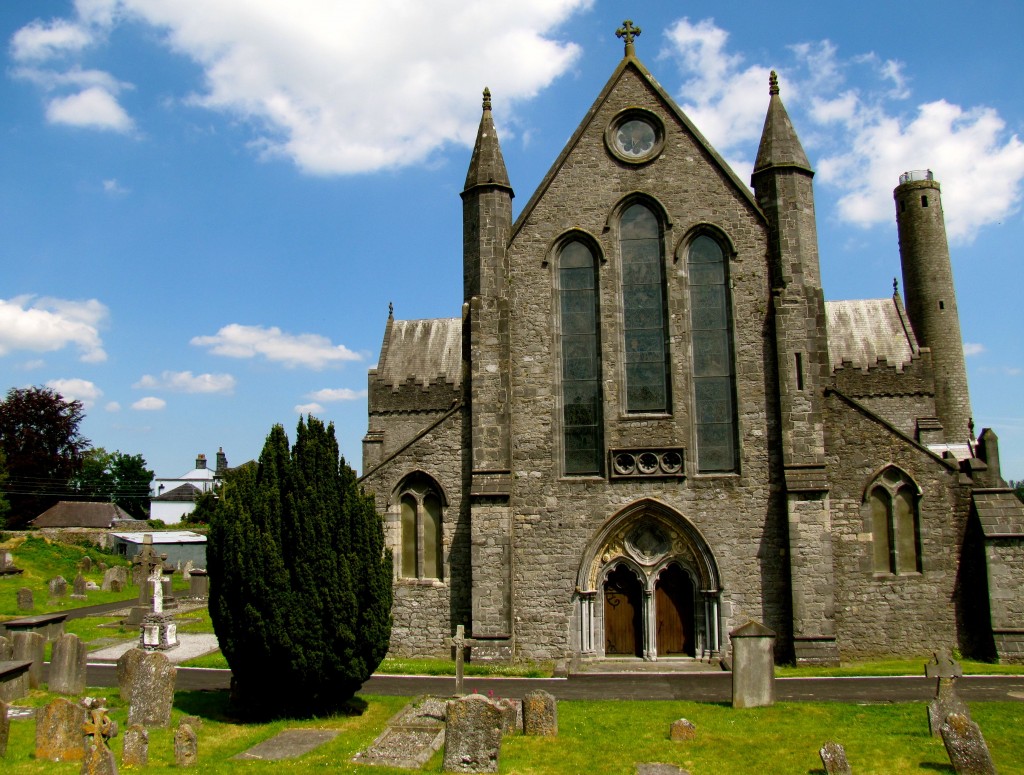
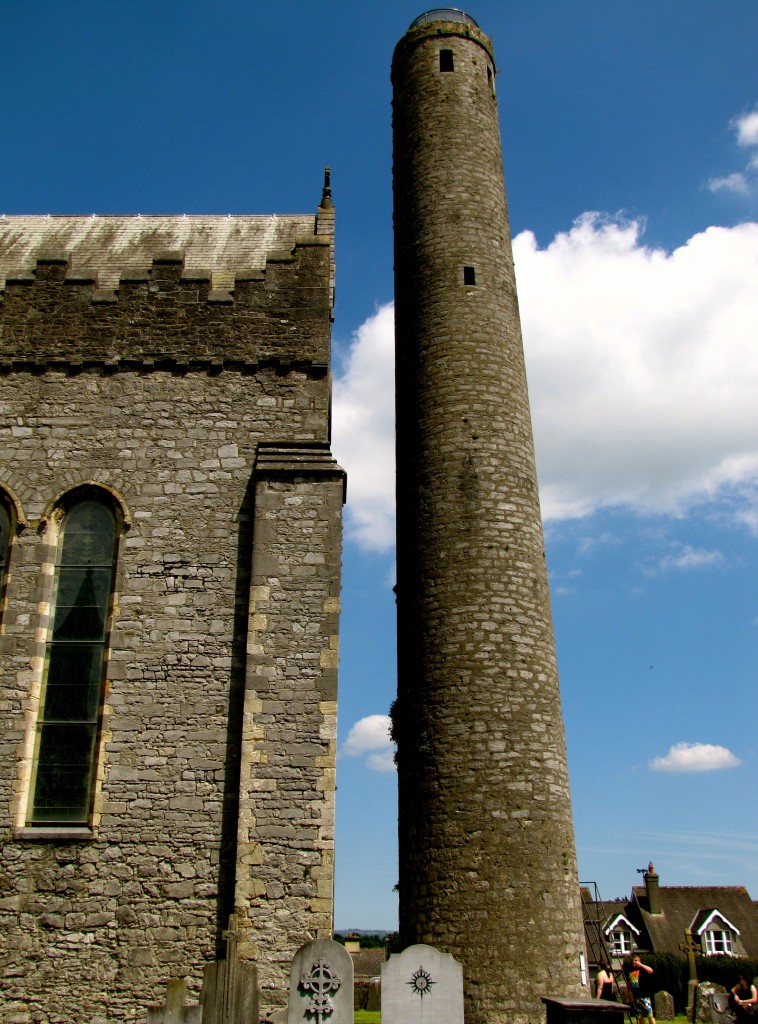
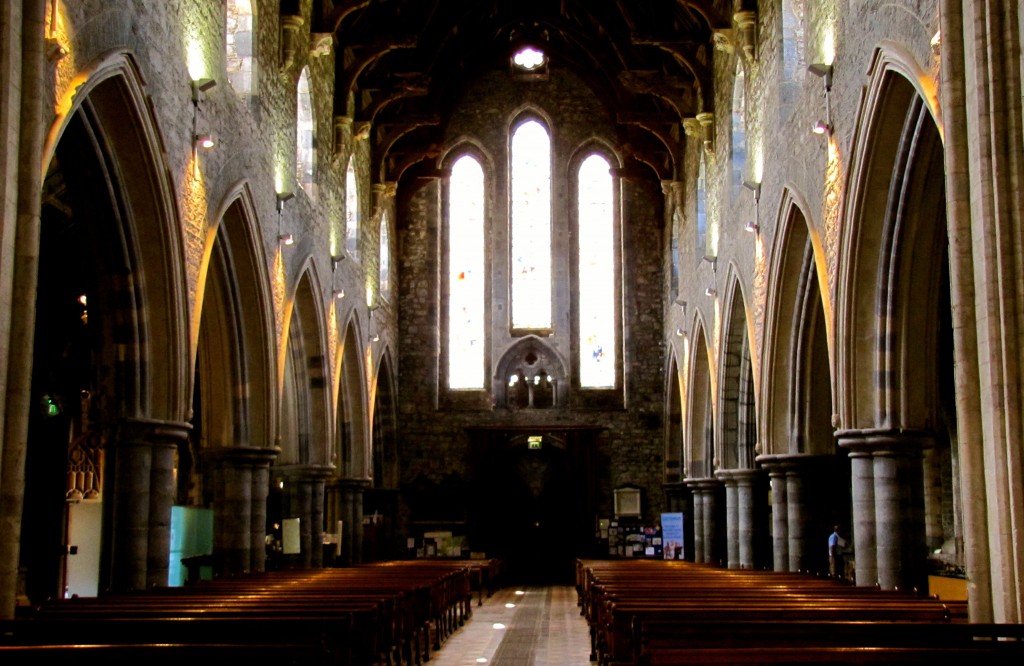
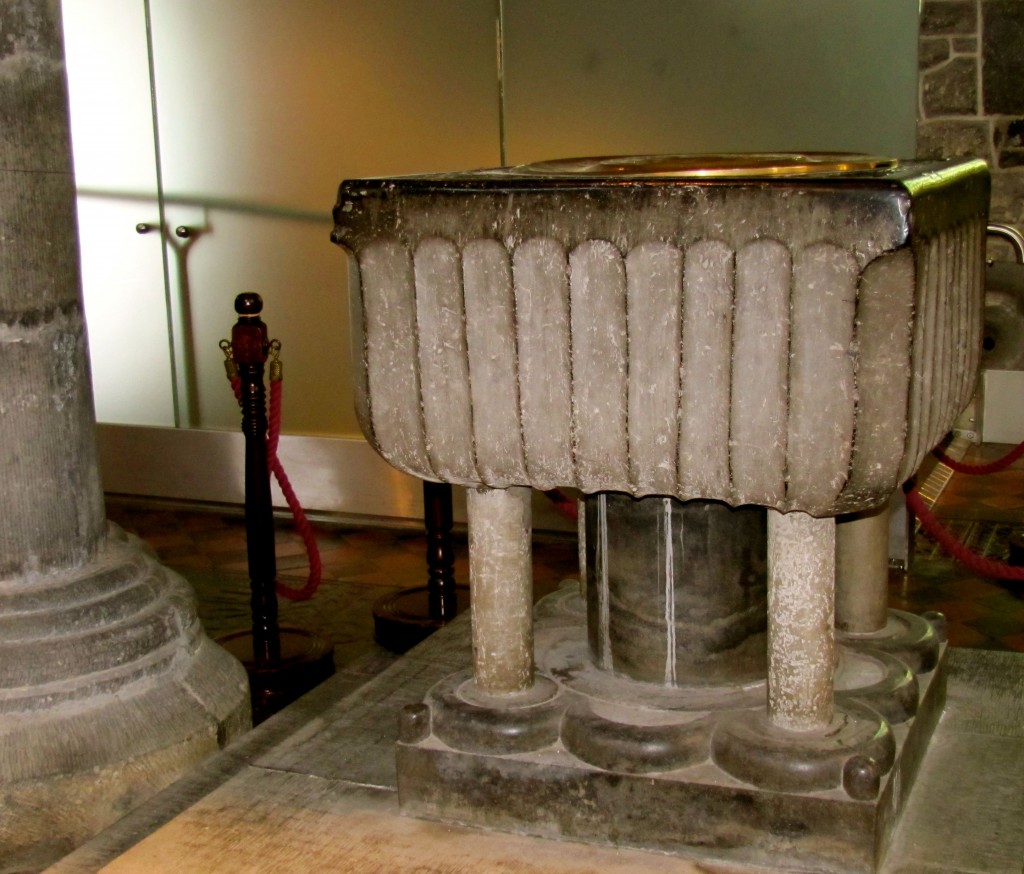
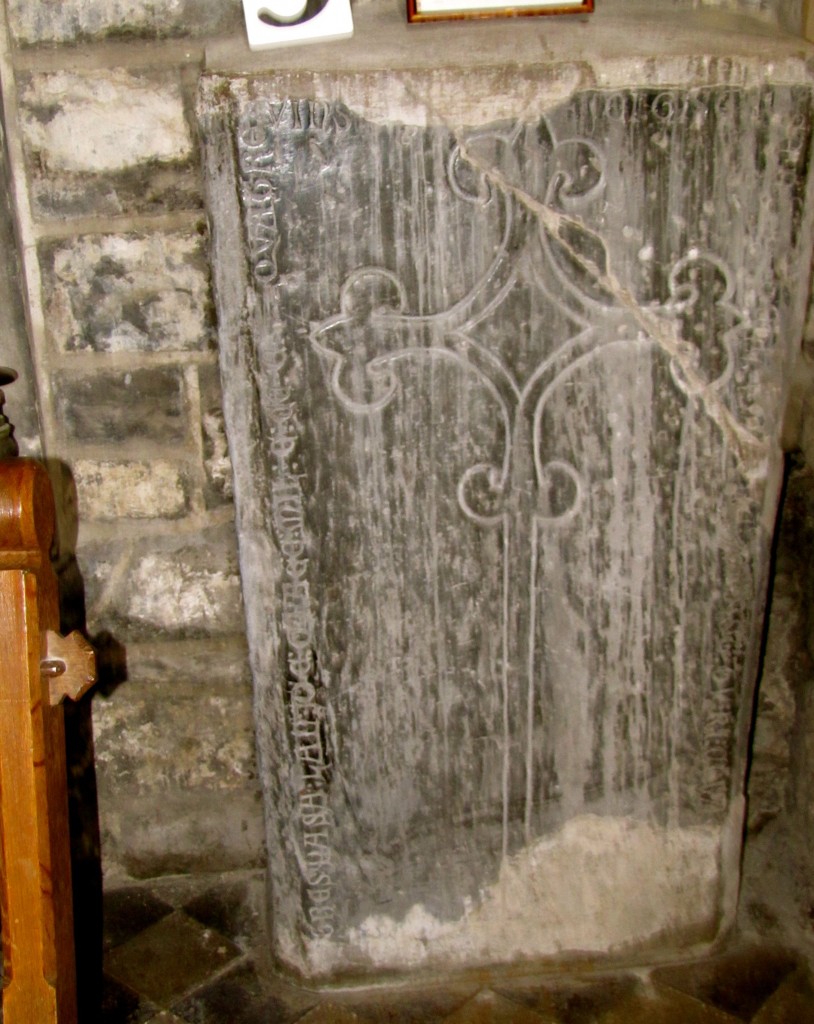
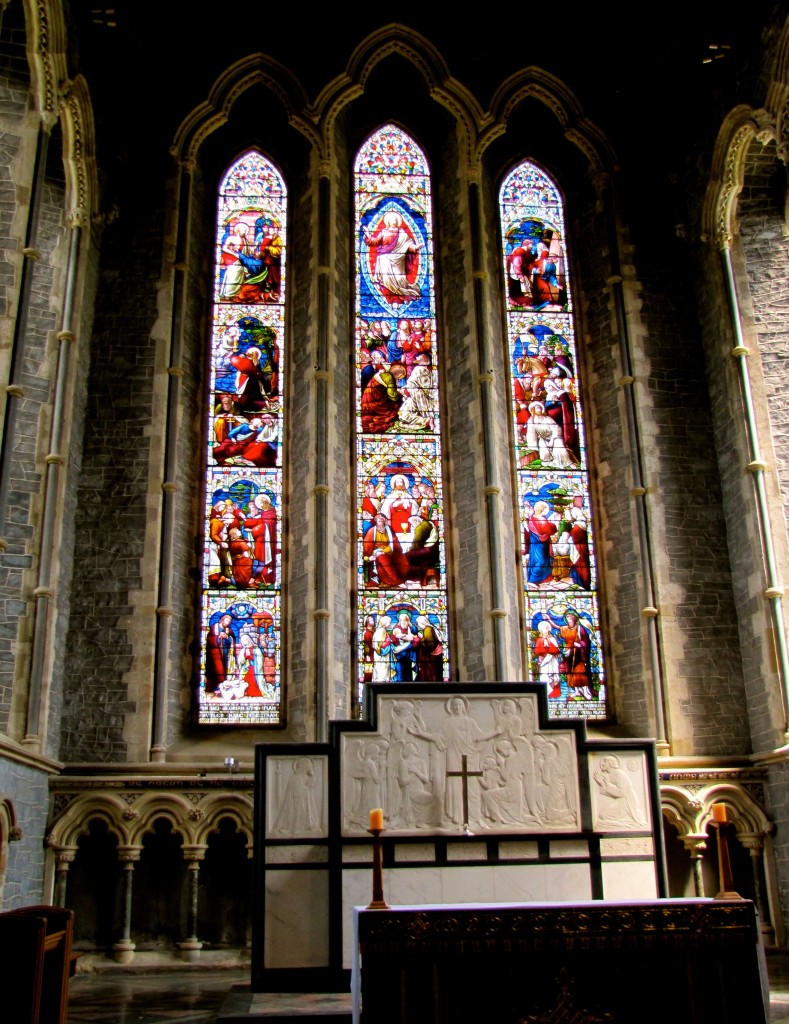
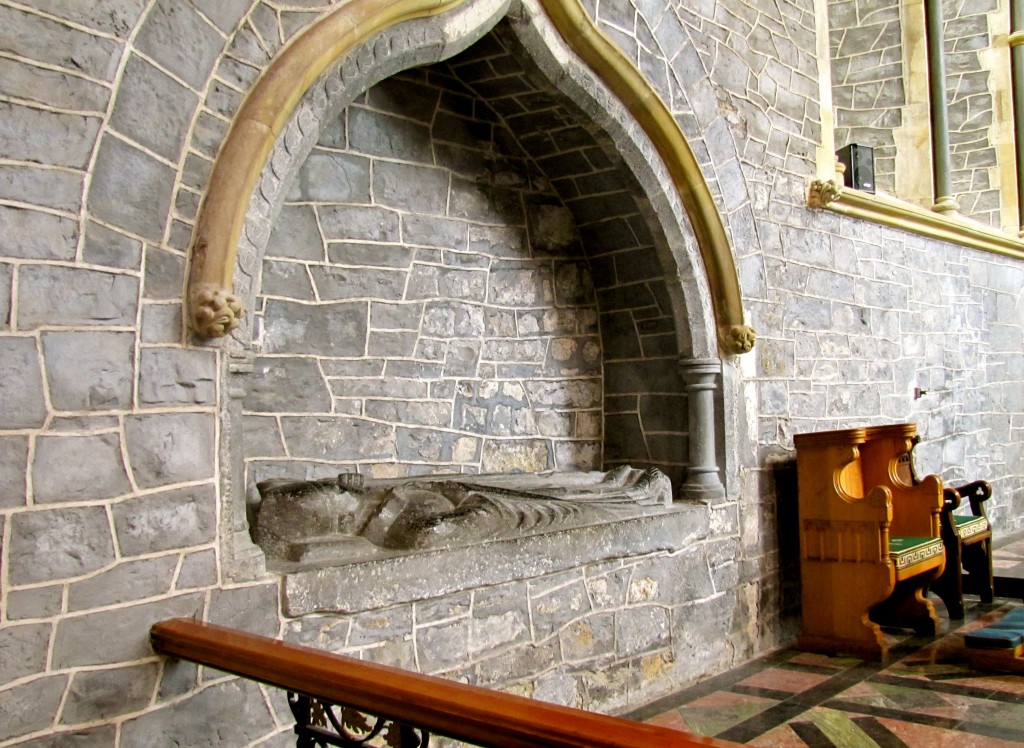
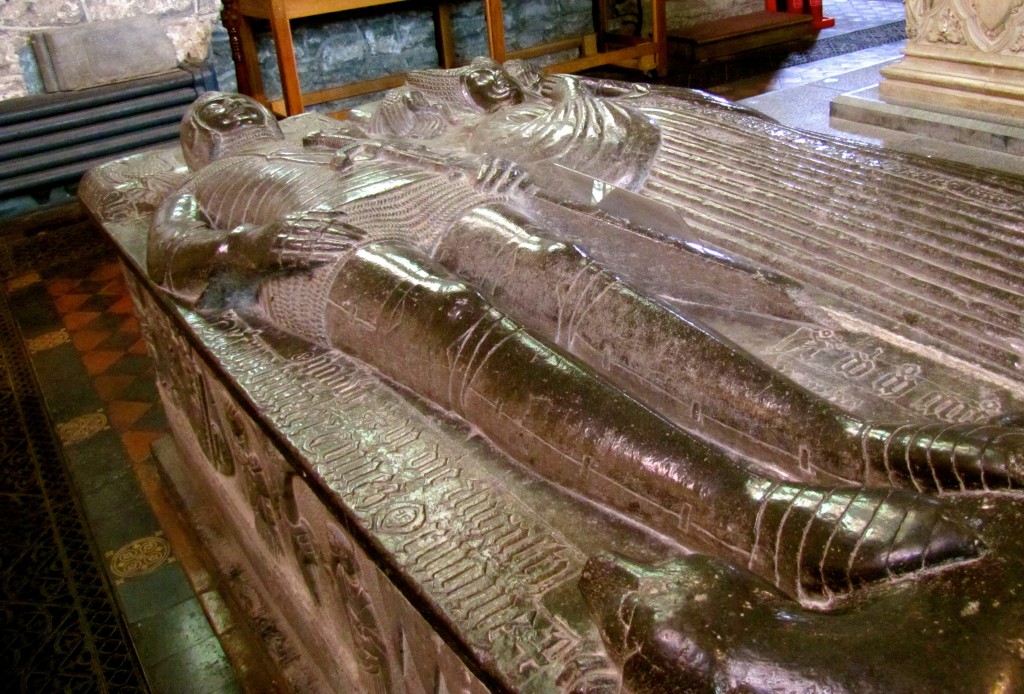
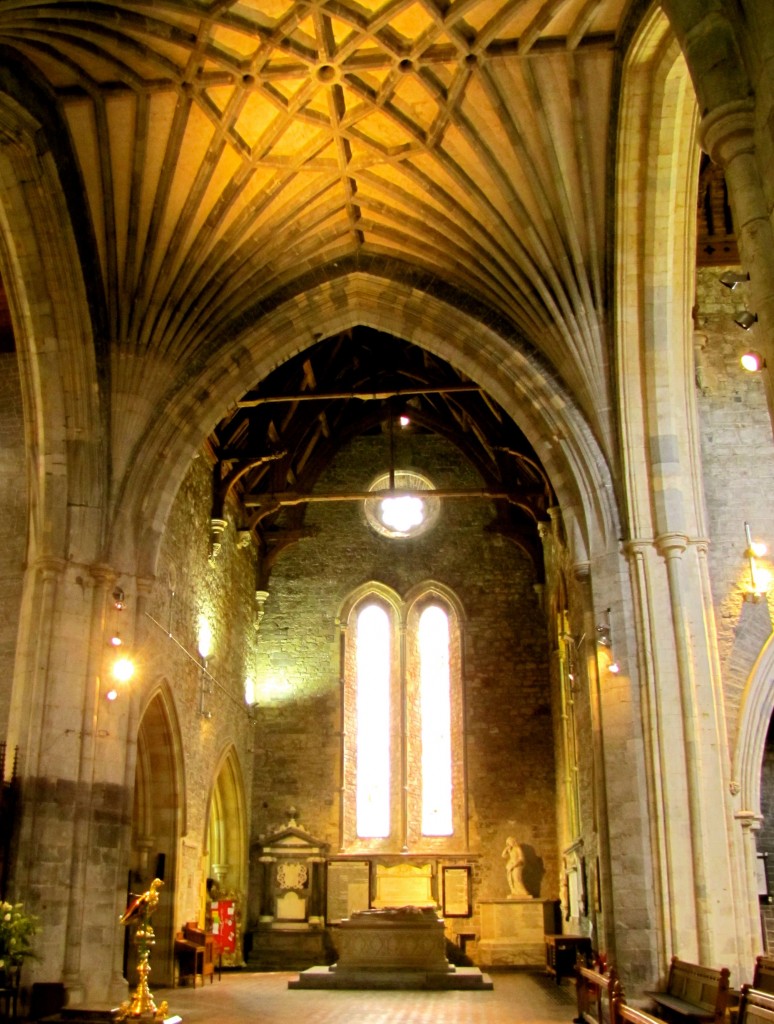
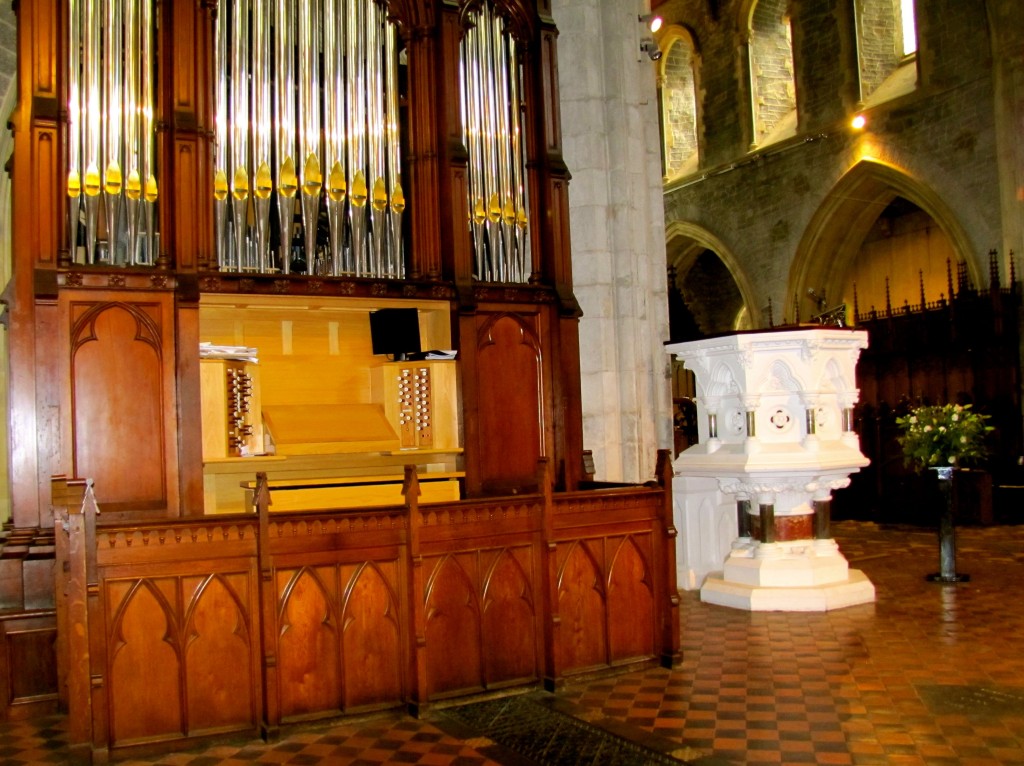
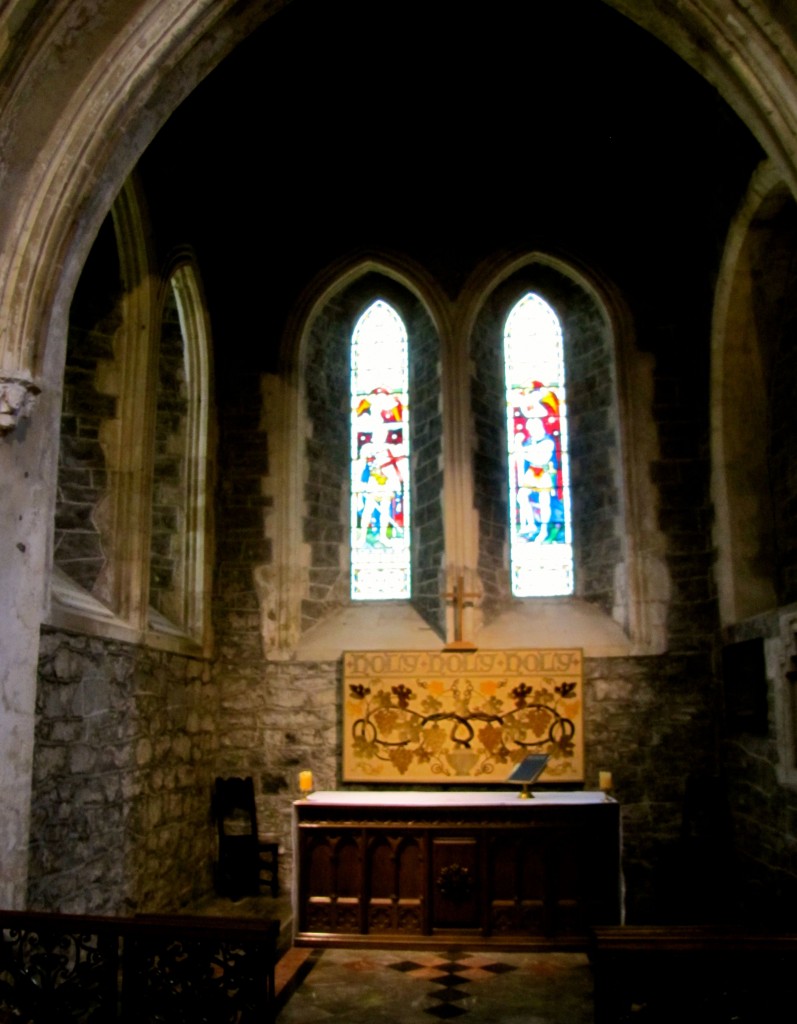
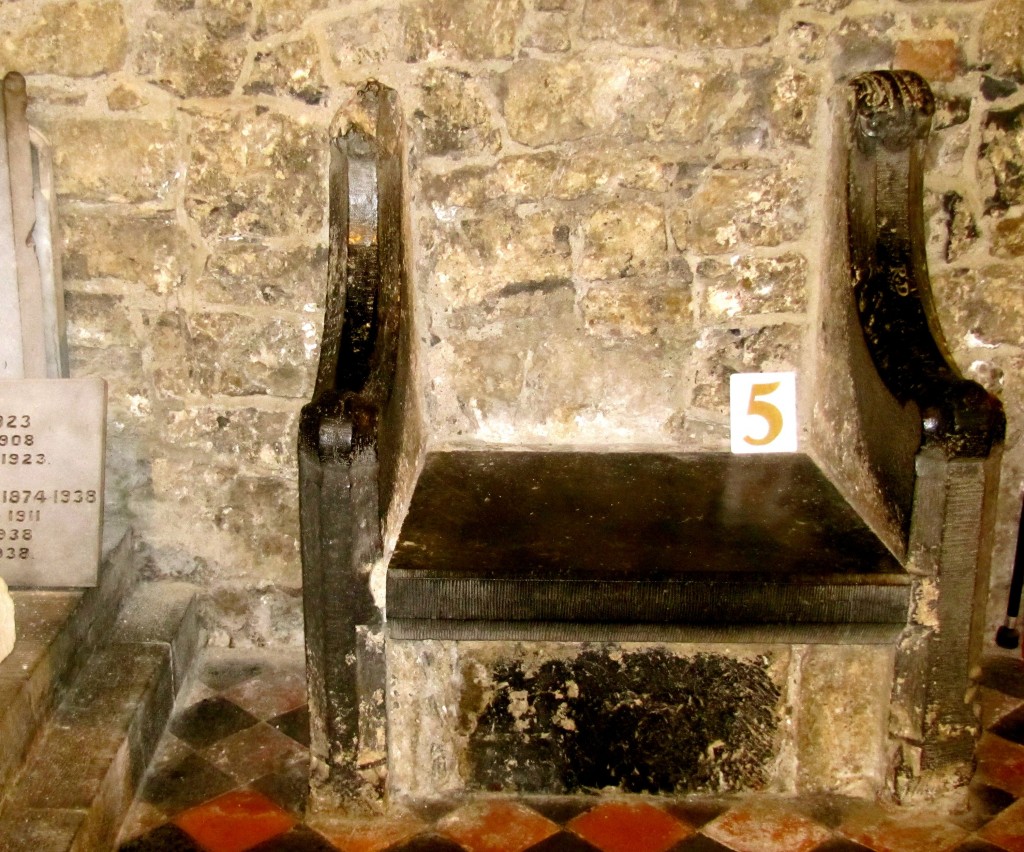
By that time, it was about 4:00, which meant it was a little too late for me to take a trip out to Kells Priory. I guess I’ll have to save that for my next trip. I went and had a shower, cleaned up, and went to dinner at Kyteler’s again.
Tomorrow, I leave Kilkenny for Dublin. I have to say that Kilkenny has been the best surprise of my trip. I hadn’t expected so much cool stuff to see and do here, and such a laid-back, friendly attitude. I need to come back.
But Dublin next. I love Dublin.
I’ve had a couple of changes to my plans in Dublin over the last few days – one good change, one less good change. The less good change is that my tour for Tara and Newgrange on Wednesday has been canceled. Apparently, I was the only one who signed up, and that makes me sad. I’m sure I can find something fun to do instead on Wednesday.
The good change is that my brother, my sister-in-law, my nephew, and my niece have decided to come to Ireland to see my sister-in-law’s grandmother. We’re going to meet up in Dublin and do some sightseeing together. And that’ll definitely be fun.
But tomorrow is all about the train.

